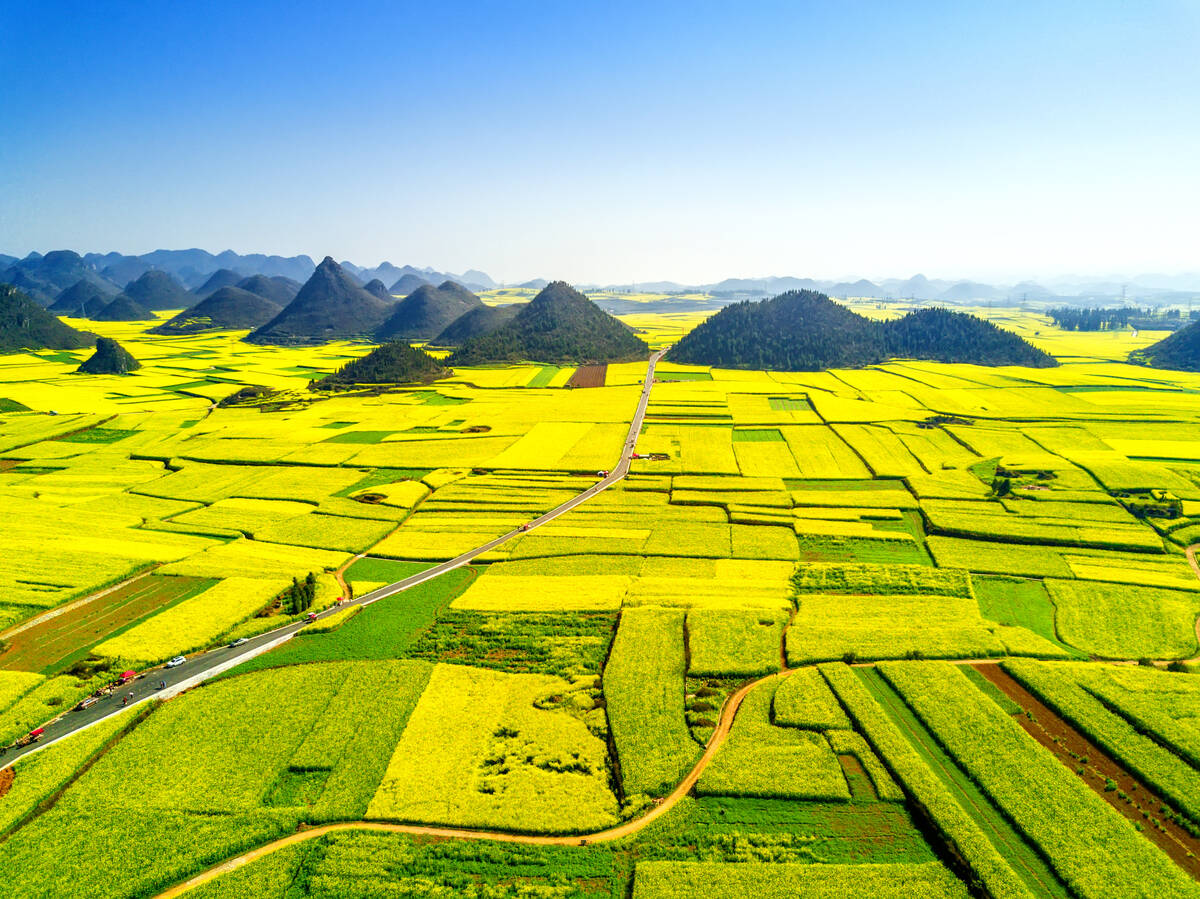MORRIS, Man. – Lorne Hamblin is not optimistic about getting a crop in early this year.
“If the water comes like they’re telling us, we’re probably looking at June seeding,” said Hamblin, who has 3,000 acres of cropland near Morris, Man., in the Red River Valley south of Winnipeg.
Last week, Manitoba Water Stewardship announced the Red River would likely crest at 1979 levels in the first 10 days of April.
But a late March snowstorm, which dumped 15 centimetres across much of the province, followed by a stretch of below freezing temperatures, has slowed the spring melt and will likely push back the date of the crest.
Read Also

Short rapeseed crop may put China in a bind
Industry thinks China’s rapeseed crop is way smaller than the official government estimate. The country’s canola imports will also be down, so there will be a lot of unmet demand.
Consequently, producers such as Hamblin, who were hoping the flood waters would peak early, may have to wait longer to get on the land.
“Here it comes again, it’s same old, same old,” said Hamblin, reflecting the mood of producers in the region who have regularly dealt with flooding in the last decade.
“It used to be you got a flood in 1950, then you got a flood 15 to 20 years later.”
When the Red River does peak this year, a 1979 flood scenario would see it grow to 15 kilometres wide in places, covering thousands of acres of agricultural land. And when all that water eventually recedes, producers will have a mess to clean up before they can begin seeding.
“Lots of junk on the field,” said Ian Forrester, who farms near Leveller close to the U.S. border, while recalling what the situation was like after the 1997 flood.
“Round bales, square bales, walls off of a building and tree limbs.”
Hamblin’s wife, Chris, said they had the same problem after the 1997 flood. Manual labour was the only way to remove the rubbish.
Adding to the headache, Forrester had a late harvest of corn last fall and didn’t have time to work the land before freeze up.
“So we have a real issue there, as to what to do with it, especially if it stays wet.”
Forrester usually follows corn with a crop of canola.
What he did learn from 1997 is that a fall fertilizer application is not worth the risk in the Red River Valley.
“We lost a lot of nutrients in 1997,” he said. “Now we put everything down in spring.”
Spring application is becoming more common in the valley, he added.
“It’s not the cheapest way of doing it, but if you’ve got land under water, you lose (those) nutrients.”
Hamblin said his seeding plans this year will depend on when the water recedes and how fast it dries up.
However, he has decided he won’t grow soybeans because he expects the water to be around for awhile.
He also told his son, David, who farms near Aubigny, Man., to cancel every soybean order he has, “because you can’t seed soybeans on June 15 and hope to get a crop.”
Forrester said his biggest decision will be whether to plant corn.
“If we can’t get the corn in the ground at a decent time, we just won’t do it.”















